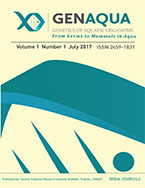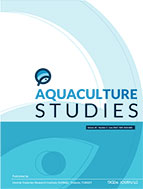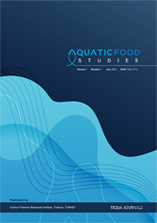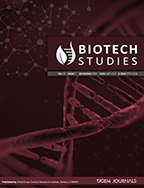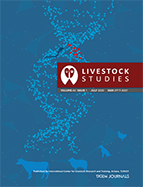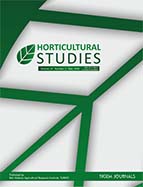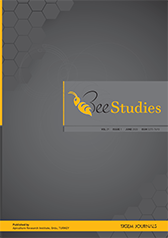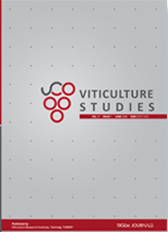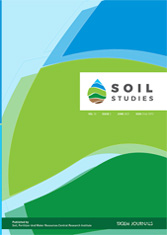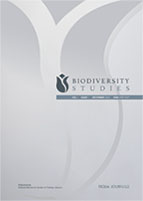Poultry Studies
2025, Vol 22, Num, 1 (Pages: 018-023)
Seasonal Impacts on Thermal Comfort and Growth Performance of Broilers in Commercial Conditions
2 Department of Biosystems Engineering, Faculty of Agriculture, Bursa Uludag University, Bursa, Turkey
3 Department of Biosystems Engineering, Faculty of Engineering and Architecture, Yozgat Bozok University, Yozgat, Turkey DOI : 10.34233/jpr.1684062 - This study was conducted on 12 broiler flocks (Ross 308) reared during the spring and autumn seasons on commercial farms in Bursa and its districts, in a contracted production model under an integrator firm. Broiler performance parameters, including final body weight, cumulative feed and water intake, and feed conversion ratio (FCR), along with environmental parameters such as temperature, relative humidity (RH), and CO2 concentration, were monitored over a 42-day growing period. The Temperature- Humidity Index (THI) was calculated using average temperature and RH data. While body weight and feed intake remained consistent across seasons, FCR was more efficient in spring (1.38 vs. 1.53, P<0.05). The back-side temperature was higher in the spring than in the autumn (28.8ºC vs. 27.9ºC, P<0.001). The back size THI with a value of 80.1 was found to be higher in the spring compared to the autumn (78.4, P<0.01). The CO2 concentration was found to be higher in the autumn (1801.1 ppm) than the spring (1415.1 ppm, P<0.001). These findings clearly showed that the season affects economic performance through FCR. Investigating the potential positive or negative effects of the seasons could provide crucial insights for developing new strategies to optimize flock management and improve welfare standards in broiler production. Keywords : Broiler Final body weight Season T-humidity indices



